Beyond the Arts – Dance Outside the Art World
By Insyira Binti Rosly (2023)
In a roundtable discussion, health professionals and dance practitioners came together to discuss how dance can contribute to other sectors beyond the artistic scene.
Dance and the Elderly
Speakers from various sectors came together in this session to discuss the ability of dance to contribute to the health sector, particularly for the elderly. A keen supporter of this idea was Ms Hasyimah Harith, a Malay dance practitioner and company manager of P7:1SMA Ltd. She shared about her collaboration with Monfort Care, a social service network that assists the elderly in the community, through her work ‘Kembali’. She worked with the elderly to craft a performance while processing ideas on “living well and leaving the world well”. Ms Hasyimah attempted to improve the mobility of the elderly she worked with by introducing dance movements.
Additionally, Ms Hasyimah led the elderly to have reflection sessions to explore their personal thoughts and feelings before designing a performance together. I found this to be extremely inspiring as the seniors benefited from not only the physicality of dance, but also how dance became a space of reflection for the seniors to deal with sensitive issues such as death. Dance opened up an opportunity for the elderly to express and confront their most vulnerable and difficult issues and thoughts despite being unfamiliar with dance.
Sharing similar work was Mr Edwin Wee, co-founder and Artistic Director of Decadance Co., who also leads Decasilver, a creative dance programme that promotes positive ageing. His project incorporates contemporary dance into the lives of seniors to heighten kinetic and cognitive well-being, providing a platform for the elderly to age gracefully. The programme also encourages social interaction and responsiveness that can result in improvements of the elderly’s mood and general well-being.
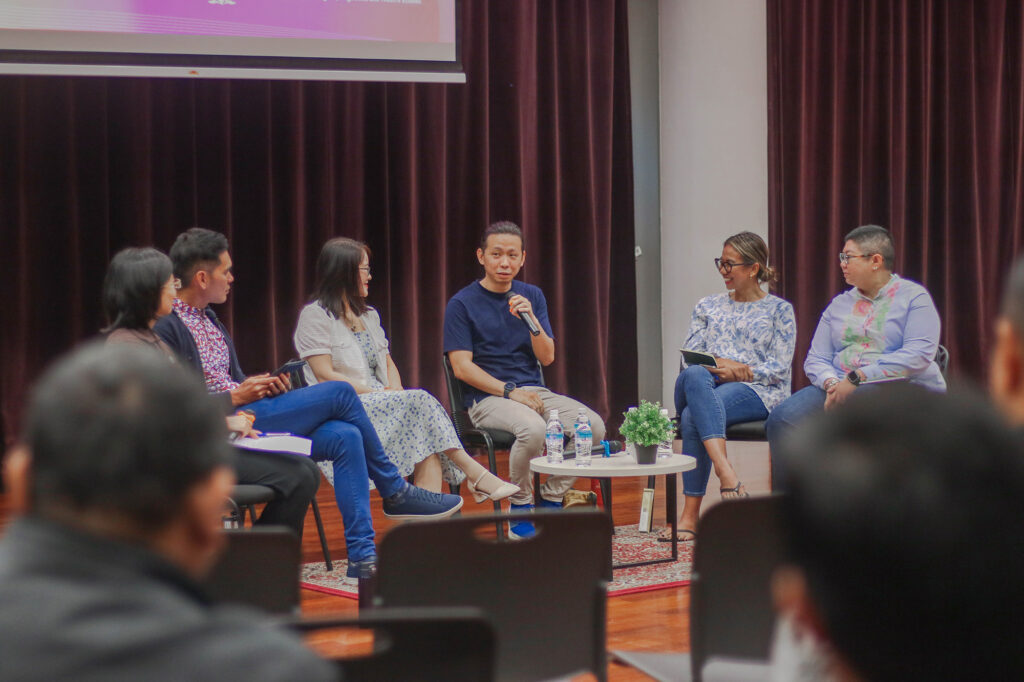
Struggles and Stipulations of Stakeholders
However, while both highlighted the importance of dance as a medium to facilitate the elderly’s health, both lamented facing struggles when working with care centres in their attempts to do so. Both dance practitioners shared the struggles of negotiating with the partner organisations to reach a consensus on the direction of their project and, especially in its execution. Mr Edwin highlighted his challenges negotiating with the organisations who wished to have more say in the direction of the programme’s activities despite lacking expertise in the arts. Similarly, Ms Hasyimah mentioned having to negotiate with the centre and dance practitioners not to be too critical on the final product but instead, to focus on the process of crafting the performance collectively.
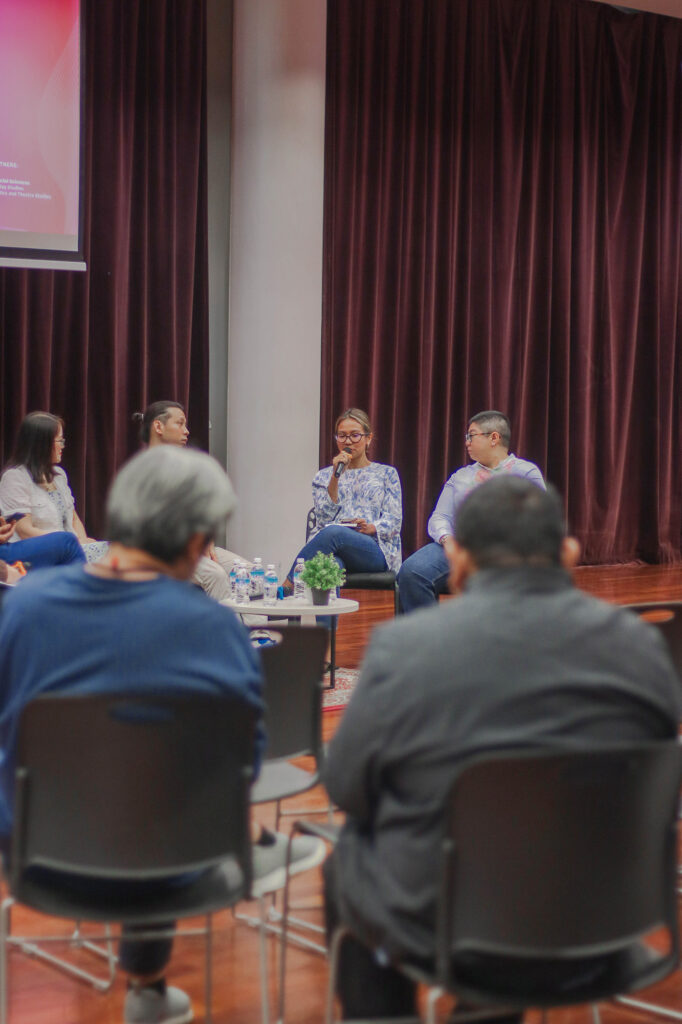
Another common struggle was related to resources and budgets as many organisations recently came on board to create more active ageing hubs. While this could be seen as a positive outcome, it served as a double-edged sword for organisations like Mr Edwin’s which were already low on funding as the initiatives redirect resources and shift more budget away from the arts. The sustainability of welfare programmes for the elderly was then jeopardised. This became problematic as it was imperative to build and maintain constant relationships to effectively improve the well-being of the elderly.
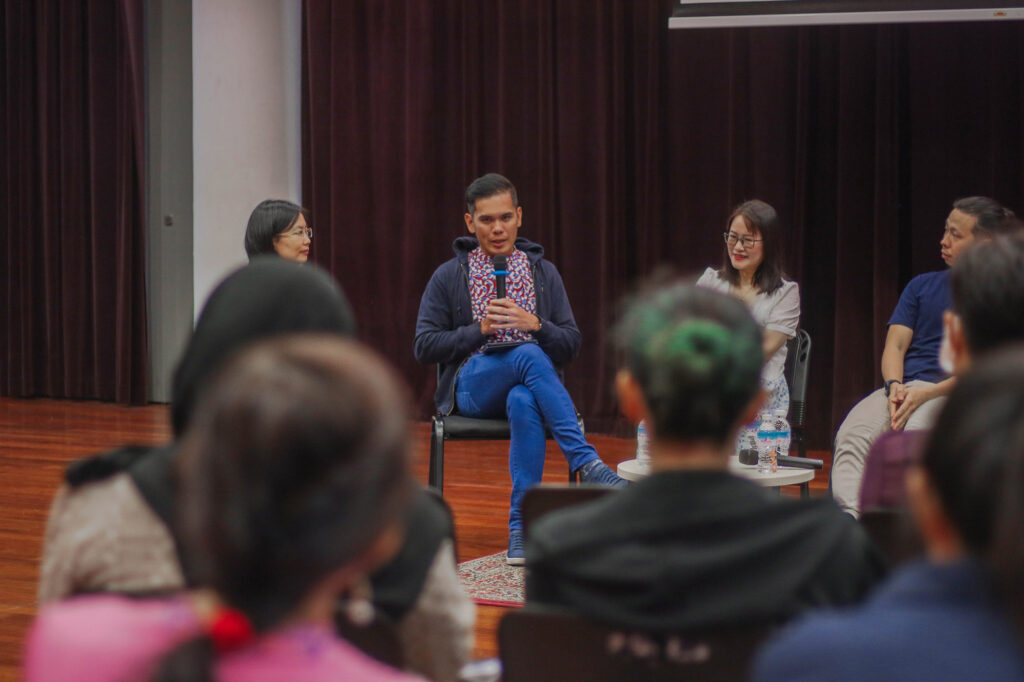
At this juncture, Mr Patrick Piay, the Assistant Director of Community and Engagement at the National Arts Council (NAC), shared the available funding opportunities. Social service organisations can apply through the Community Development Council (CDC) to create programmes for their beneficiaries. More importantly, he emphasised the importance of advocacy, to continuously work with partner organisations to promote the arts.
Through such collaborations between different sectors, more attention would be given to the arts and the varying sectors. For example, he shared how social prescription is being piloted; a referral programme where qualified healthcare workers can refer individuals to engage in certain artistic activities to improve their well-being, including dance. Through advocating for the arts and having clinical-based research that proves the efficacy of dance in improving one’s well-being, the arts could potentially be embedded into social prescription, granting it greater attention and calling for more resources to be channelled into it.
Empowering the Arts
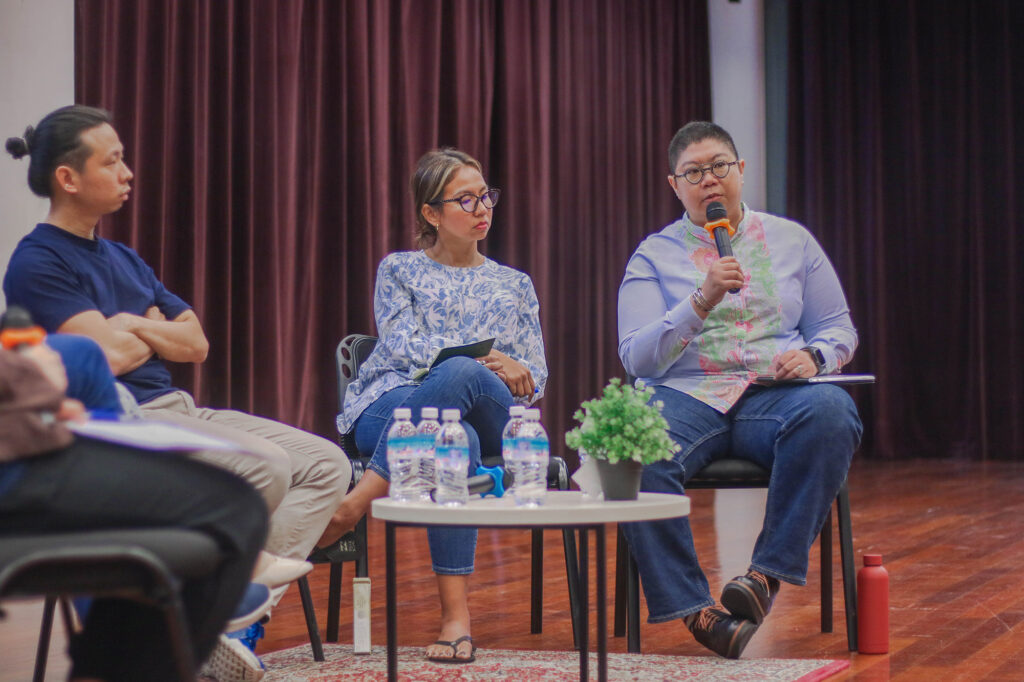
The Agency for Integrated Care (AIC) becomes relevant at this point as it serves as an intermediary to facilitate conversations between the health sector and the arts. The AIC wellness programme as shared by Ms Charmaine Tan, Senior Assistant Director of AIC, looks into the possible roles of the arts in health. With the help of certain artists, they craft training programmes to engage the elderly in the arts and provide an array of resources – such as illustration and activity booklets – to be utilised. Having such organisations not only connects interested artists and dance companies to the health sector but enables the programmes to be more carefully crafted to the needs of the elderly, ensuring the efficacy of the programmes. It also enables the artists to be invigorated through the offering of more community spaces to be utilised by the artists.
Dr Vivien Wu, Assistant Professor at Alice Lee Centre for Nursing Studies, NUS, was also able to share her research on the benefits of dance for older adults. A community dance programme was conducted as students taught simple dance movements to elderly based on their mobility levels.
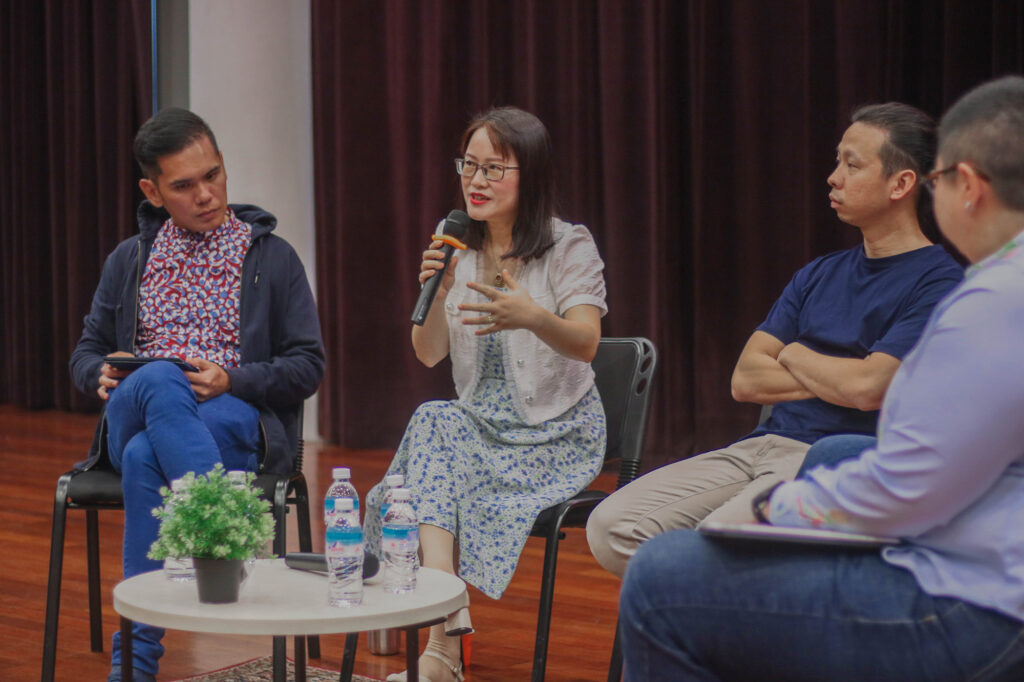
Her research found that dance enhances cognition, builds social connection, promotes physical function, and improves mood and expression. Such research confirms the potential for dance to be used in the health sector. This clinical-based evidence could enable dance to be seen as a viable component in health-based projects in the future and legitimise this as a mode of rehabilitation for the elderly.
Moderated by Assoc. Prof. Liang Peilin, the roundtable discussion highlighted how dance, beyond the art scene, can be hinged upon to benefit the other sectors. As mentioned by Mr Patrick, the White Paper on Healthier SG established that the government is constantly finding ways to capitalise on larger policy shifts to transform the healthcare system. All with the hope that in the process, as the state takes on a more preventative approach, it could activate more community partners. Through the discussion, I learnt that the arts has a vital role to play in this as it becomes a medium for which the healthcare system can be modified so it may become a tool for building a healthier community.
Additionally, we see that to heighten awareness of the benefits of the arts, collaborations between artists and art companies, researchers, agencies like AIC, and government agencies is imperative. These different roles tie various aspects of the arts together, placing greater emphasis on and promoting its use outside of the art scene. It was only through this discussion that I became more cognizant on their interdependent relationship and the need for more collaborations in the future.
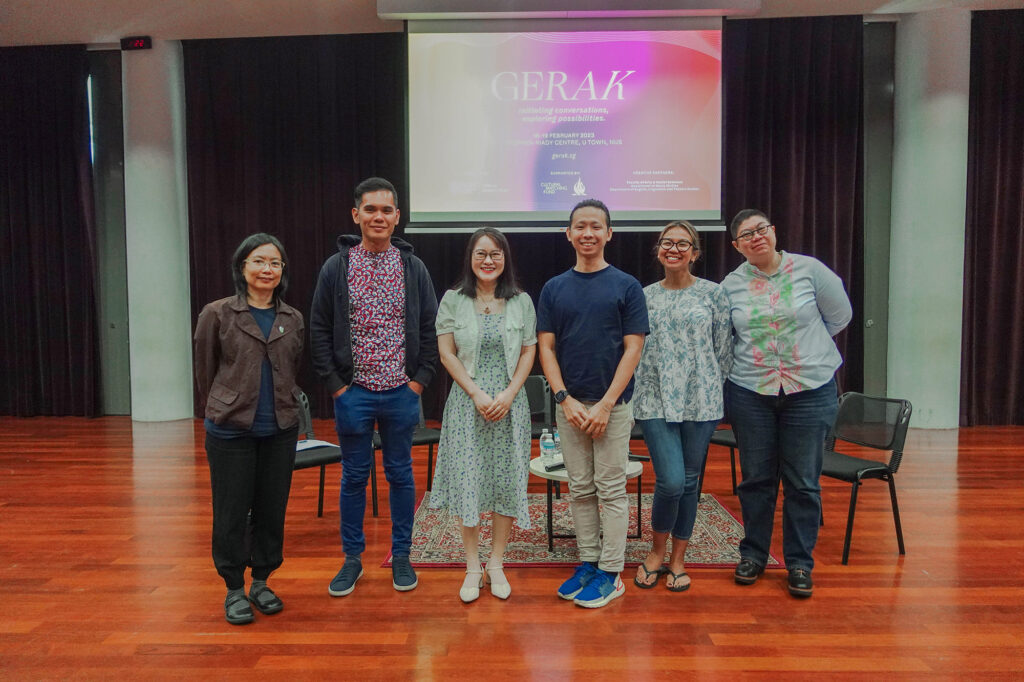
Previous Article:
The Weight of A Dance Production –
In The Making of ‘Pengabdian Batin’